"In the 80s and 90s, we were so busy building skyscrapers and mega projects we forgot to develop our social security system adequately. Although the poverty rate then was as high as thirty percent, only a handful of people received direct income supports from the government and none received income support when they were involuntarily out of work or faced with personal financial crisis."
"No wonder during the 1997-1999 economic crisis, when unemployment rate suddenly sprung up, hundreds of thousands of people went to the streets to protest led by the then sacked Finance Minister Datuk Seri Anwar
Ibrahim. The hundreds of thousands of people marched on the streets perhaps not because of Anwar, but because they had just lost their jobs and they were angry. And there was no social security net to help them. Anwar took the opportunity to gain mass support, and he rode the wave of mass dissent that was already there. Crime rate and incidence of violence shot up tremendously."
"Some experts have posited that though in 1999 many people applauded the then Prime Minister for steering the nation out of the worst economic crisis the country has ever seen, he and the sacked Finance Minister Anwar Ibrahim were actually responsible for causing the crisis in the first place. Also responsible, George Soros just took the opportunity on the weaknesses and cracks in the management of the Malaysian economy that had already been building up for months prior to the crisis."
"In the 80s and 90s there was also this belief that if you develop several big businesses, the benefits would trickle down to the people on the ground too. The thinking that if you help the few people at the top it would in turn translate into them helping the many poor at the bottom. During this era, the administration used this notion as a policy to justify channeling huge government resources to several selected businessmen to become big business tycoons. Many people at the top became richer, but unfortunately not much trickled down."
"Between 1989 and 1997, the share of total national income for the bottom forty- percent group dropped from 15 percent to 13 percent compared to an increase from 50 percent to 52 percent for the top twenty-percent group. As cliché as it may sound, the saying “the rich becomes richer and the poor poorer” had actually become true in that period."
"The current increase in cost of living is much affected by the policy of yesteryears in the 90s that becomes a legacy problem now. During the 90s much of infrastructure development such as highways and power plants were built through privatization policy and financed by committing the people to pay the private concessionaire companies for the use of the infrastructure decades into the future. In the early 90s, the economy was booming. Overestimates of income growth by the administration then had in turn committed the public to pay high payments to highway toll concessions and the independent power producers (IPPs)."
"At the end of the day, as a society we will be judged not by how we treat the richest and most fortunate among us, but by how we treat the poorest and least fortunate among us. And the exemplary manifestation of this belief is going to be the most important legacy of Prime Minister Najib Razak."
Tuesday, January 3, 2017
Subscribe to:
Post Comments (Atom)






























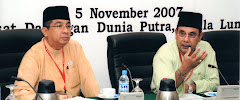


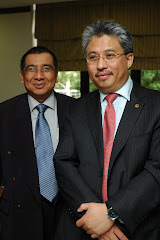
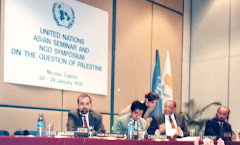
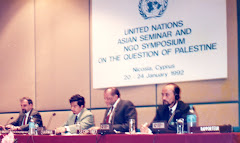
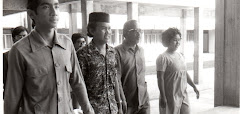
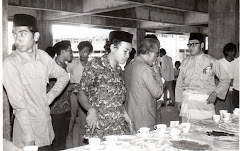
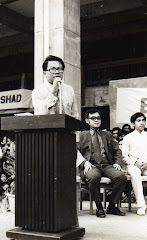


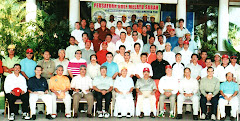





No comments:
Post a Comment